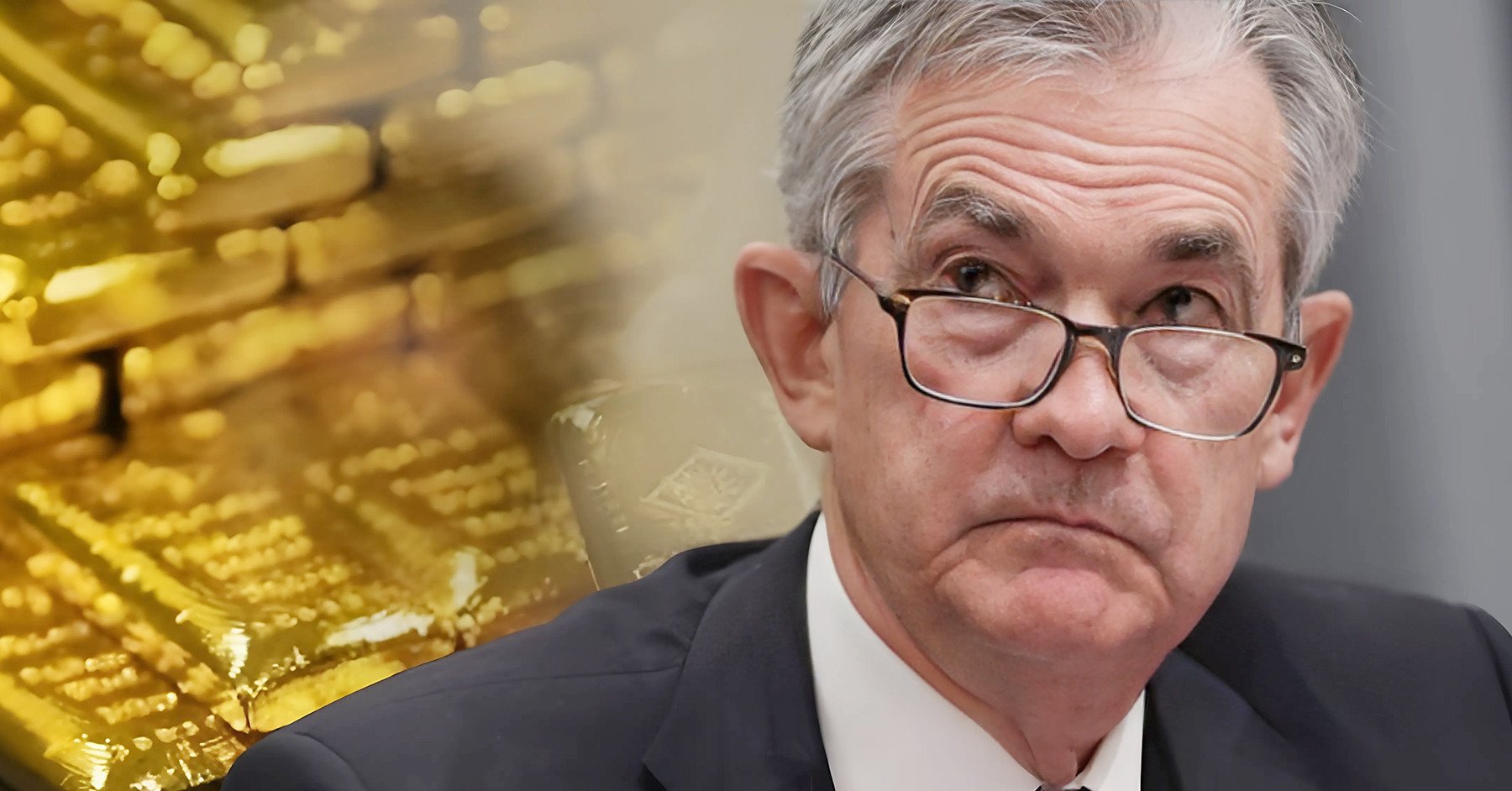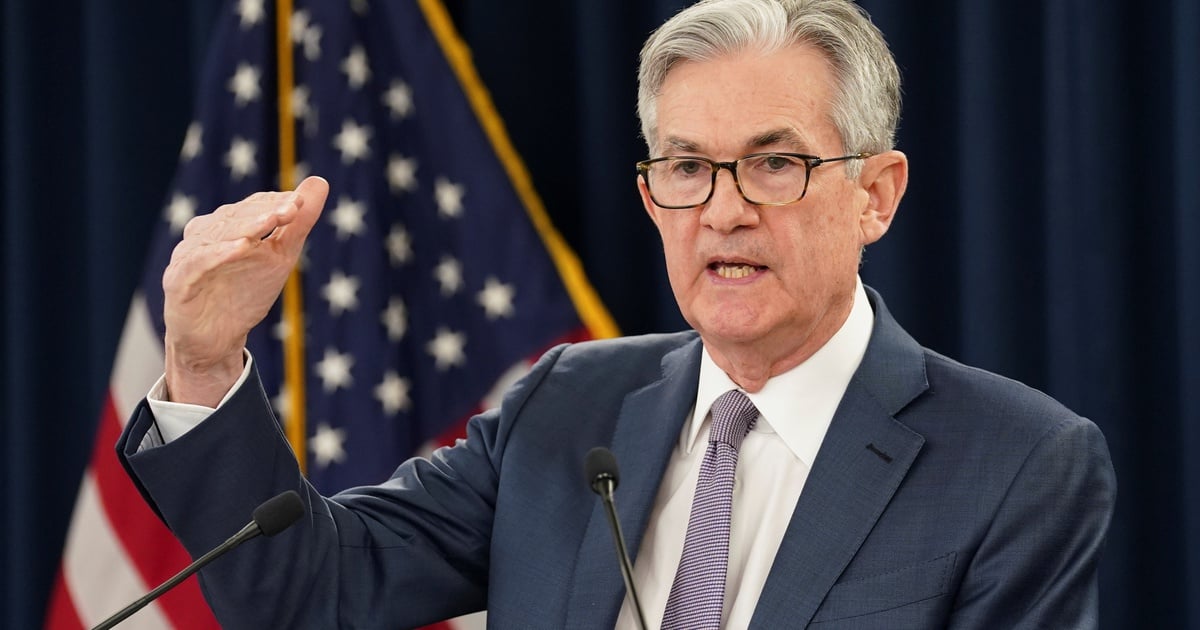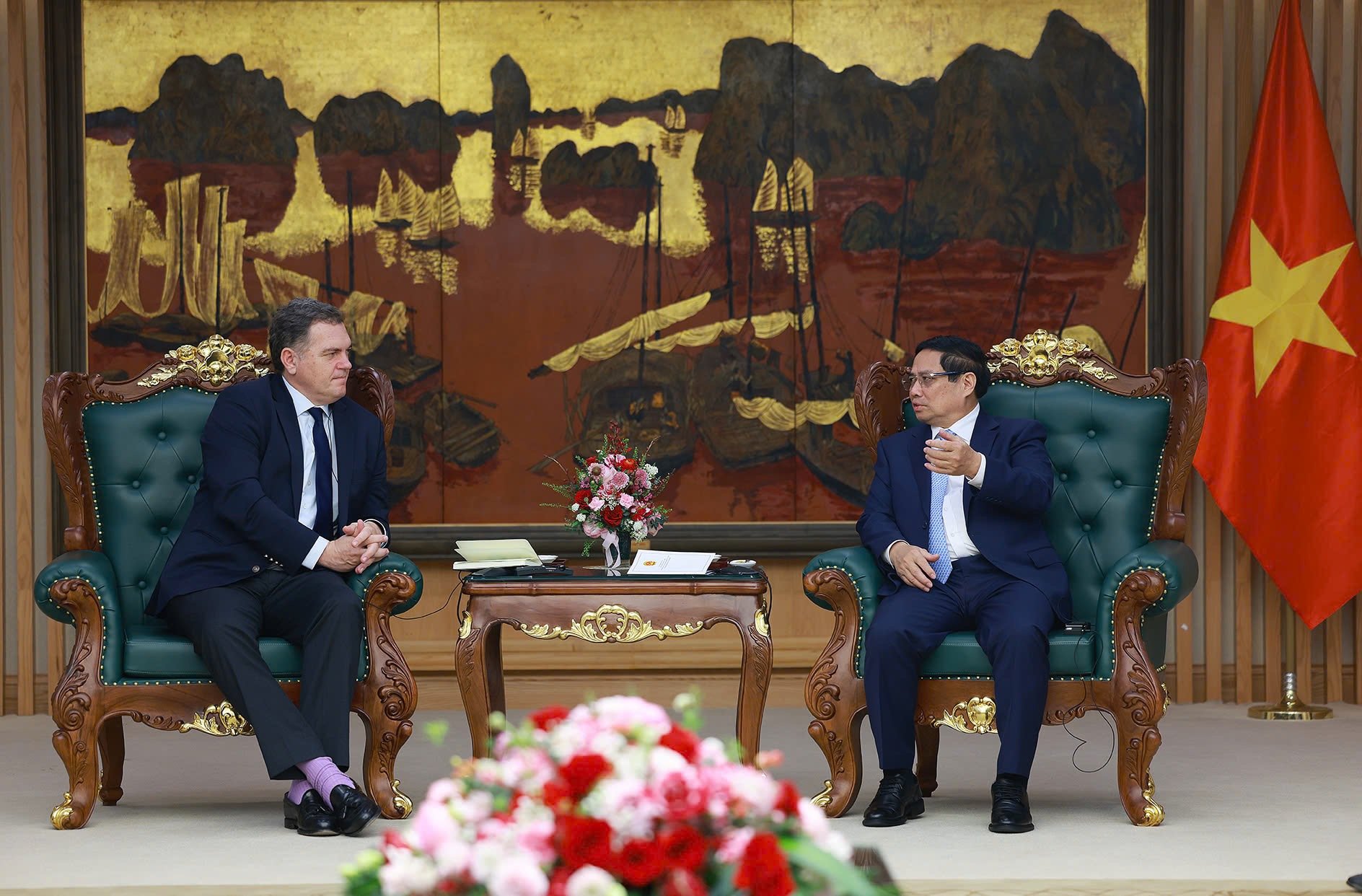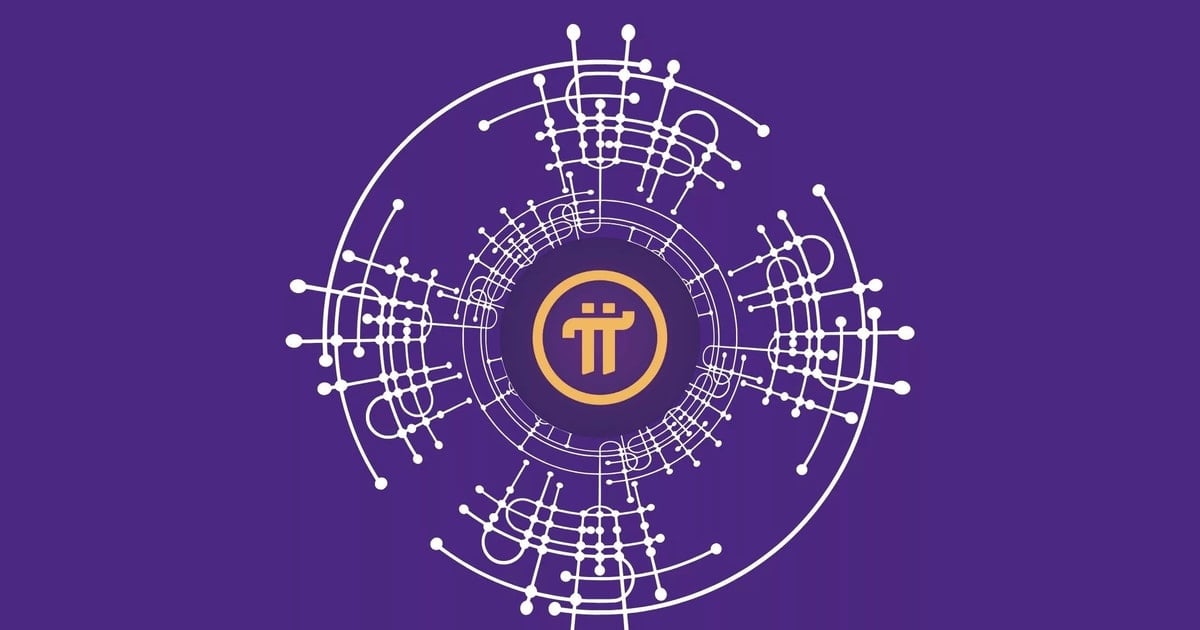 |
| When will central banks lower interest rates? (Source: Dreams Time) |
According to the author, current monetary policy still shows few clear signs and may change, but markets believe that the US Federal Reserve (Fed) will not rush to lower interest rates until next June and the Reserve Bank of Australia (RBA) will be even slower.
In that case, it is likely that the BoE and the 20 countries of the Eurozone will soon become the "pioneers" of reversing monetary policy.
All bets are on these banks acting in tandem with the Fed in June, but European policymakers may want to speed things up and cut rates sooner.
The BoE and the ECB have said they will rely on real data to conduct monetary policy. But looking at the current data, it is clear that both economies are experiencing slowing inflation and sluggish or even flat economic growth.
In Europe, the Eurozone economy grew by just 0.5% in the fourth quarter of 2023. Growth in Spain, Italy and the Netherlands offset flat growth in France and a technical recession in Germany.
The region’s industry is struggling to pick itself up, but consumers are still tightening their belts. Still, there are bright spots in the region’s growth and economic recovery forecasts for 2024.
In a recent note, Oxford Economics noted that the Eurozone has reached “a middle stage where hard data (key drivers of growth) remain weak, but leading indicators suggest an improved outlook.”
In January 2024, Eurozone inflation was 2.8%, down 0.1% from the level in late 2023. Given continued declines in inflation, the current environment seems quite safe for the ECB to start cutting interest rates.
So when will the cuts happen? Many experts predict June. But Capital Economics says April is not out of the question.
One reason for the uncertainty about when to start cutting interest rates is the divergent views of central bank governors from member states on the ECB Governing Council.
Among them, the voices of chief economist Philip Lane and German academic economist Isabel Schnabel have received the most attention from observers.
In his speech on February 8, Mr. Lane acknowledged that inflation had slowed more quickly than he and his colleagues had forecast, but that policymakers were still watching data on wage growth, fiscal policy and business input costs.
The ECB does not want to keep interest rates too high for too long, but it does not want to act too hastily either, he said. To ensure inflation returns to its 2% target, Europe “needs to go further in the process of disinflation.”
Similarly, economist Schnabel said: “The last mile remains a concern.”
“We are seeing a slowing of deflation, typically in the last leg of its journey, which is very closely linked to the dynamics of wage growth, productivity and profits,” Ms Schnabel told the Financial Times .
Source



![[Photo] Overview of the Workshop "Removing policy shortcomings to promote the role of the private economy in the Vietnamese economy"](https://vstatic.vietnam.vn/vietnam/resource/IMAGE/2025/3/21/d1c58c1df227467b8b33d9230d4a7342)

![[Photo] Prime Minister Pham Minh Chinh receives French Minister in charge of Transport](https://vstatic.vietnam.vn/vietnam/resource/IMAGE/2025/3/21/aa649691f85546d59c3624b1821ab6e2)
![[Photo] Prime Minister Pham Minh Chinh receives the head of the Republic of Tatarstan, Russian Federation](https://vstatic.vietnam.vn/vietnam/resource/IMAGE/2025/3/21/7877cb55fc794acdb7925c4cf893c5a1)





















![[Photo] Meet the pilots of the Victory Squadron](https://vstatic.vietnam.vn/vietnam/resource/IMAGE/2025/3/21/fd30103acbd744b89568ca707378d532)




























































Comment (0)